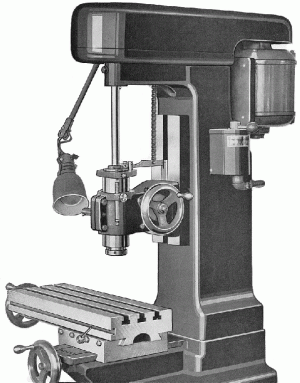For doing what you need a mill would be my clear choice. If you were a seasoned machinist you could look at both ways and make it work out but a mill would be much more intuitive and you would start making parts first day easily. Set up, drill a hole, chamfer the hole, move the table so far, do the next exactly straight, etc..
For ease of use and time it would be much faster to set up your brass base on a mill, move it around and get all your holes done. For that in a lathe there is much more work and time involved, maybe set up in a 4 jaw and adjusting that every hole or with the vertically held milling attachment on your cross slide.
Also seems like you would need quite a large size lathe to swing the parts. Or a larger size lathe to fit a big enough milling attachment to make your parts. So more costly lathe than needed. Lot of guys would say why get an "Attachment" to do the proper job instead of just getting the right tool.
And you said you really don't turn anything you need right now.
And once you get a mill the lathe milling attachment which can be expensive wouldn't get much use.
Would be nice to see a contest on who could make the part better and and faster side by side doing that base both ways to help you decide. Calling Tubalcain... Youtube video demo contest...
PS: I really like the advice from the master machinist on trying to go with vintage methods with your particular project. Would be challenging to get it right and your pieces probably more valuable in the end.


